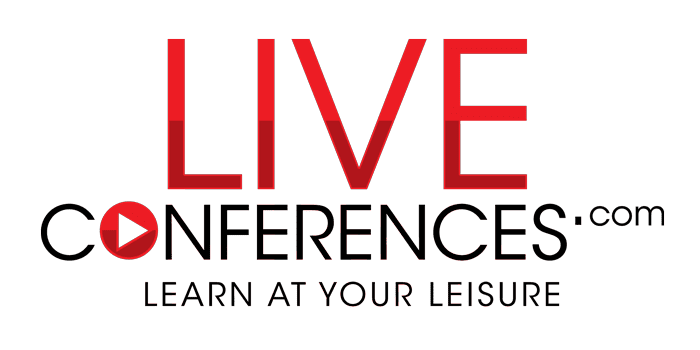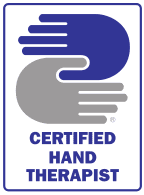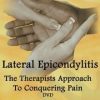
Posture Busters: Skip the Slouch
| CONTACT HOURS: | 4.5 Hours |
| CEU: | 0.45 |
| AOTA: |
Domain of OT, OTP, Check Accreditation
|
| NBCOT®: | 5.5 PDUs |
| STATE: |
AL 20-608770 4.5hrs FL 20-608770 4.5hrs |
Time to get straight and lose the pain. This class will assist you with patient care as well as your own health.
Buy Now
$64.99
All courses single user only. Click Here for multi-user or licensure discounts info.
Description
Domain of OT and Occupational Therapy Process
Time to get straight and lose the pain. This class will assist you with patient care as well as your own health. This is an mixed level learning class. Incorporate pilates into your practice with this detailed course. The course includes wonderful photos and movie demonstrations to ensure understanding of the exercises presented. Must pass (80%) online exam to redeem your AOTA APP certificate.
Objectives
- Identify the benefits of ideal posture
- Define posture and what ideal posture is from anterior, posterior and lateral views
- Name 8 factors that affect posture
- Discuss the types of posture that can contribute towards shoulder, neck, arm and hand injuries
- To be able to utilize a simple postural assessment with the sheet provided
- Discuss 4-6 anatomical structures involved in Pilates
- Identify the evidence based information about the role of Pilates in fostering better posture
- Discuss the Pilates principles and their relevance to rehabilitation
- To describe 6 simple Pilates exercises that can be incorporated into rehabilitation
Outline
- What is posture?
- Common areas subject to injury related to functional tasks
- Factors that contribute to posture
- What is ideal posture?
- Anterior view
- Lateral View
- Posterior view
- Posture’s role in occupational therapy tasks
- Positioning patients in ideal standing and sitting
- Standing ideal posture
- Sitting ideal posture
- What are the benefits of good posture?
- Improves Body Alignment
- Improves breathing
- Improves Concentration and mental
- What are the types of postural issues that can affect function?
- Forward head
- Kypho-lordotic
- Sway back
- Flat-back
- Lordosis
- Upper Crossed Syndrome
- What are the goals and modifications necessary for each posture?
- What muscles should be activated?
- Assessing posture
- Guidelines for assessment
- How to assess
- Factors that improve accuracy
- Other methods to assess posture
- What is Pilates?
- Identifying the Pilates principles
- Why is Pilates beneficial?
- Benefits of Pilates for breathing
- The anatomy of Pilates
- Discuss and define the difference between local stabilizers and global mobilizers
- Describe each of the Pilates core musculature
- What is the evidence based information regarding Pilates for improving posture?
- Pilates based exercises to improve posture
- Identify which Pilates based exercises are appropriate to reach your rehabilitative goals
- Pilates based exercises from each phase of the 3 phase program
- Modifications necessary when implementing Pilates
Naomi Aaronson MA, OTR/L, CHT has been an OT for 27 years specializing in hand therapy and breast cancer rehabilitation. Presently, she is an instructor and fieldwork site supervisor for the OTA Department at Suffolk Community College. Naomi is the co-author of the book Pilates for Breast Cancer Survivors: A Guide to Recovery, Healing and Wellness as well as being a webinar presenter. Pilates is a part of her rehabilitation bag of tricks, as it is a exercise modality that integrates mind, body and spirit in a functional manner. In her spare time, Naomi loves to travel , read, and learn from others.
- Participants have one year to access the CEU course and exam to obtain CEUs.
- NBCOT® is a registered trademark of the National Board for Certification in Occupational Therapy, Inc. and does not promote or endorse our specific courses, services or training.

Treatment2go is an AOTA Approved Provider of professional development. PD approval ID #3397. This distance learning-independent activity is offered at 0.45 CEU’s, intermediate, foundational Knowledge. The assignment of AOTA CEU Does not imply endorsement of specific Course content, products, or clinical Procedures by AOTA.








Reviews
There are no reviews yet.